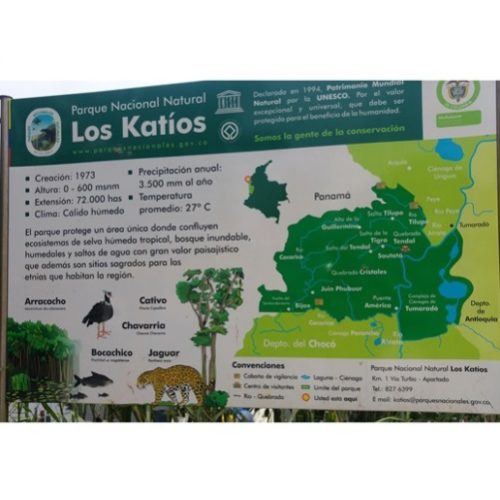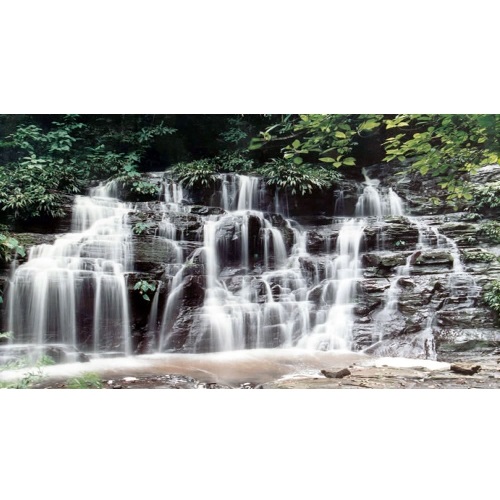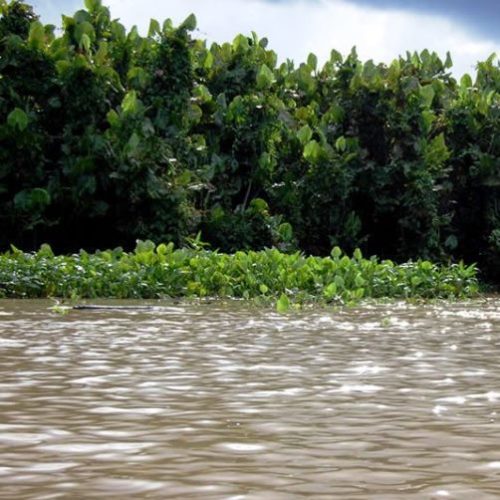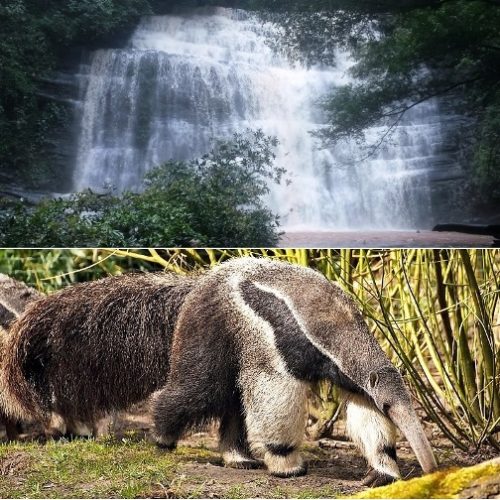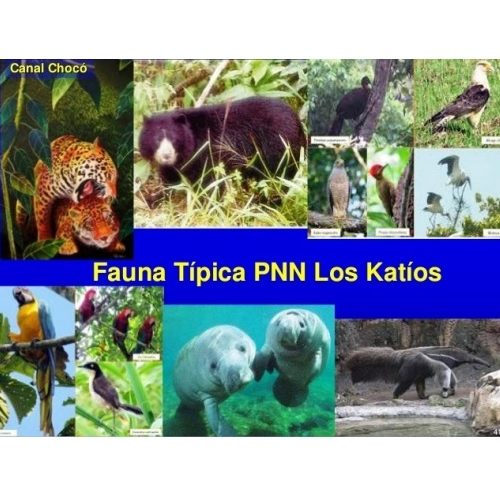Santa Maria La Antigua del Darien, Unguia and NNP Los Katios
If we follow the track after Balboa towards Unguia, we go through Santa Maria del Darien, new city where used to be Santa Maria la Antigua de Darien (1st city founded on the American continent in 1510, during the Spanish colonization with Martin Fernandez de Enciso and Vscao Nunez de Balboa). It was the capital of the Castilla de Oro for several decades. This city was the starting point for the invasion of the American continent by Francisco Pizzaro, Sebastian de Belalcazar, Diego de Almagro, Gonzalo Fernandez de Oviedo and Pedro Arias Davila. Mainly built out of wood, the place was not spared by time; today we can only see some reminders of that era (especially numerous objects saved in a museum opened in 2019 by the Columbian state after the initiative of an Italian archaeologist).
Unguia is the second and last town in the gulf Uruba , after Acandi that is the only other town. All the other small villages or “caserios” are “corregimientos” from one or the other. Unguia is almost by the side of Rio Atrato, all the way south of Choco Caribeno; it is an entry point to the Natural National Park Los Katios, named after the Emberas-katios Indians living there.
The NNP Los Katios is a protected area of 72000 hectares, which half represents the border with Panama and the famous Darien natural park. Mountainous region going up in the Serrania del Darien up to 600m of altitude; and the other half close to Rio Atrato are marshy plains between 2 and 20m of altitude. The park belongs to 3 municipalities: Unguia (2%), Riosucio (63%) and Turbo (35%). It is the richest park in the whole Columbia in term of biodiversity. It has been declared natural world heritage by the UNESCO in 1994. We enter the park either with the track from Unguia, or by boat on Rio Atrato from Turbo. But the park has been closed for a few years because of armed groups and mines. We have been in contact with authorities managing the park, and have been told that everything is done to re-open it to the public by 2019-20, they are sweeping the place for mines and building infrastructures to accommodate tourists. That is why we mention the place, we hope to be able to get there soon with all it has to offer in term of nature and wildlife. On the vegetation side, the park has 669 different botanical species, a paradise for botanists who discover new species every year.
Wildlife in the park is just impressive : 105 species of reptiles and amphibians, 412 species of birds, 182 species of mammals and 142 species of fish… In the mammal family, the most common are anteaters, tapirs, manatees, mountain dogs, koatis, jaguars, pumas, bear of the Andes, screaming monkeys, spider monkeys, ouistitis…
In the park, you can walk to different waterfalls (la Tigra, El Tendal, El Tilupo) in the mountainous part, or get on a small boat in the marshy part of cienaga de Tumarado to observe the biodiversity.

